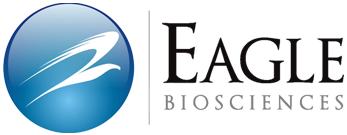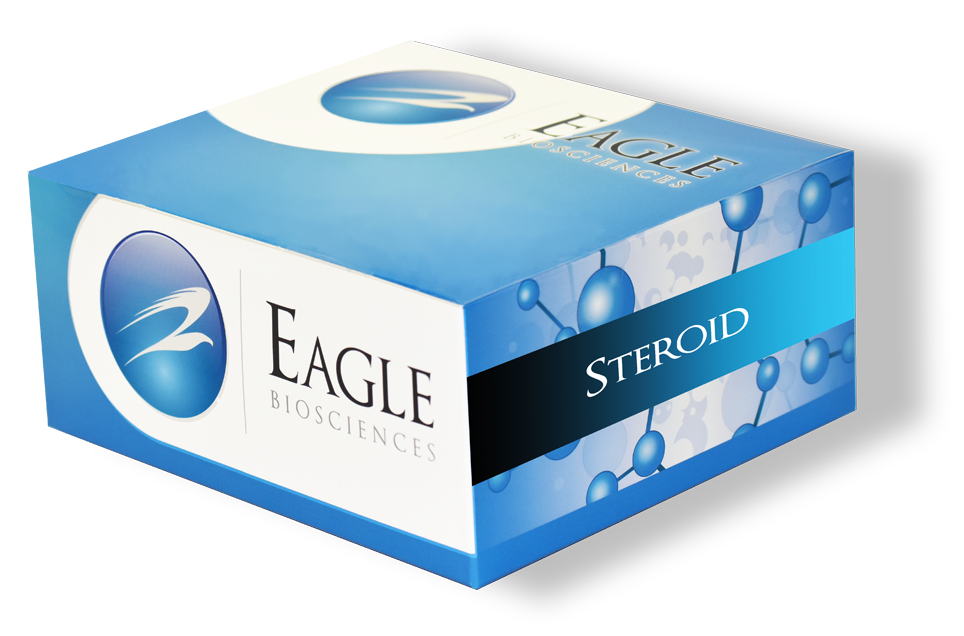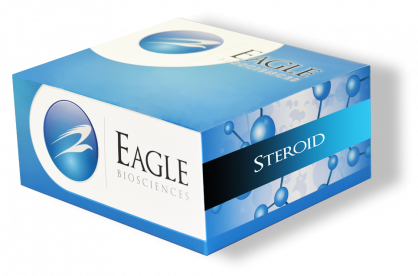Androstenedione ELISA Assay Kit
Androstenedione ELISA Assay Kit is for Research Use Only
Size: 1×96 wells
Sensitivity: 0.04 ng/mL
Dynamic Range: 0.1–10 ng/mL
Incubation Time: 80 minutes
Sample Type: Serum
Sample Size: 25 µL
Controls Included
Androstenedione ELISA EXPECTED NORMAL VALUES
As for all clinical assays each laboratory should collect data and establish their own range of expected normal values.
Range (ng/mL) (n=20):
Males, 0.4-3.5
Females, 0.3-2.4
Assay Background for Androstenedione ELISA Assay Kit
Androstenedione is produced by the adrenals and gonads. As a result, the determination of the level of androstenedione in serum is important in the evaluation of the functional state of these glands. Androstenedione is a precursor of testosterone and estrone. Besides the adrenals, in females, the ovaries have been shown to be an important source of androstenedione. It has been reported that there is a fluctuation day by day of androstenedione during the ovulatory cycle. The principle production of testosterone in females is from the conversion of other related androgens, especially androstenedione. An abnormal testosterone level in women should be accompanied by the estimation of serum androstenedione. The use of serum testosterone determination in conjunction with the enzyme immunoassay of androstenedione can be used to determine if the source of the excess androgen production is adrenal or ovarian.
Related Products
Androstenedione Saliva ELISA Assay Kit
Aldosterone ELISA Assay Kit
Adiponectin High Sensitive ELISA Assay Kit
SPECIMEN COLLECTION AND STORAGE
Approximately 0.1 mL of serum is required per duplicate determination. Collect 4–5 mL of blood into an appropriately labelled tube and allow it to clot. Centrifuge and carefully remove the serum layer. Store at 4°C for up to 24 hours or at -10°C or lower if the analyses are to be done at a later date. Consider all human specimens as possible biohazardous materials and take appropriate precautions when handling.



